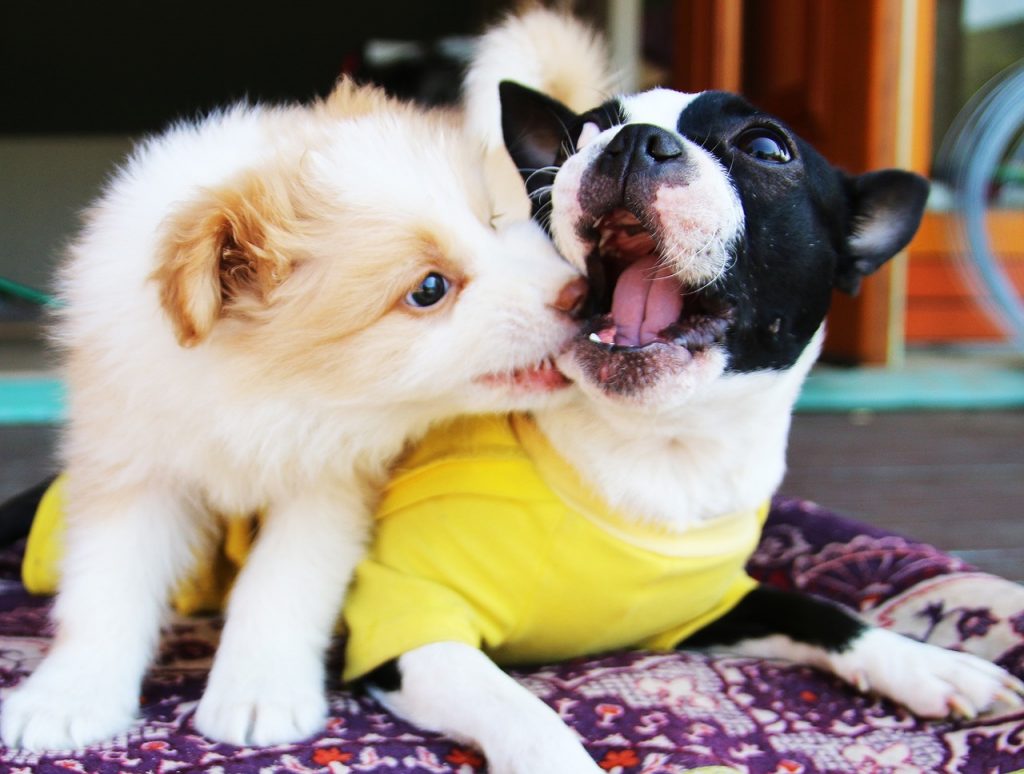
Hi everyone, this week is Valentine’s Day, arguably the most annoying and stressed-filled day ever. I like it as much as I like infinity scarves. But at least we have #NonprofitPickupLines on Twitter. Go make that trend again. “Hey there, is your nickname Cash-Flow Issues? Because you’re constantly on my mind.”
Valentine’s Day, however, is a great time to talk about relationships. Namely, the philosophy that everything is based on relationships. Fundraising is about developing, maintaining, and strengthening relationships with donors. Hiring is often about who you are connected to. “Remember,” we are often told, and we often tell others, “it’s not about what you know, but about who you know.” In this blog post, written six years ago, I explain that “85% of 95% of grants is 90% relationship building” (Let’s just say math is not my strongest suit).
Continue reading →




